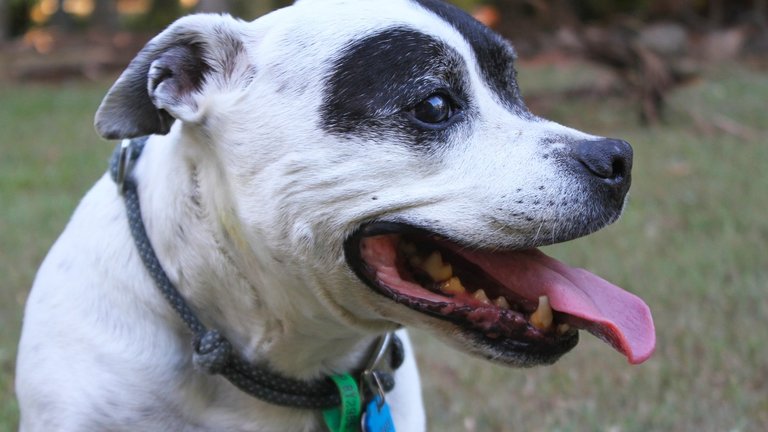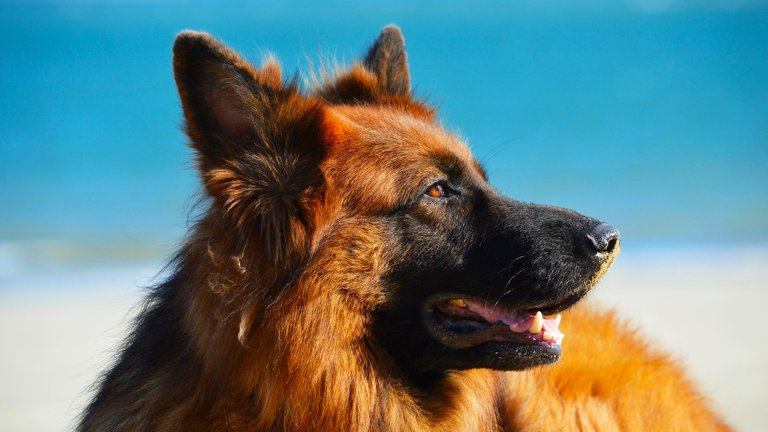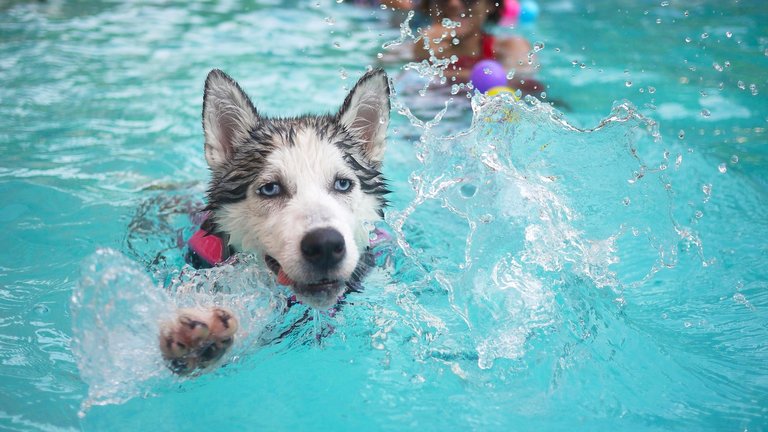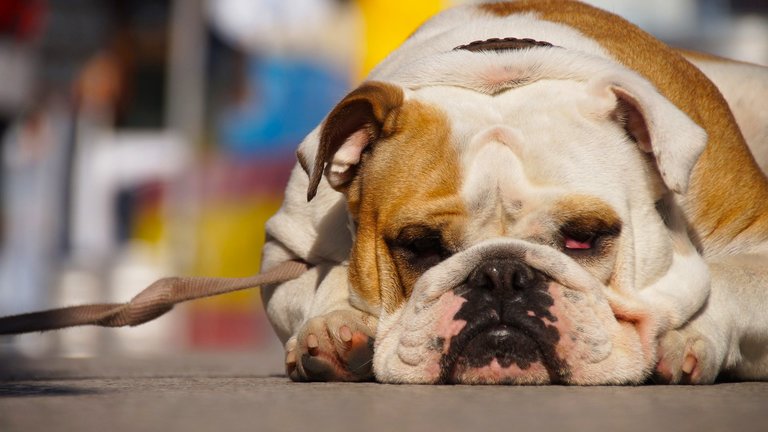Signs of Heat Stroke in Dogs and How to Keep Your Dog Cool
How to Keep your Dog Cool this Summer
As the summer temperatures rise, so too does the risk of heat stroke for our four-pawed friends.
It is important for all owners to recognise the signs of heat stroke in dogs. Heatstroke is a life-threatening emergency requiring immediate first aid and veterinary attention. Do you know the symptoms to look out for?
Signs of Heat Stroke in Dogs
- Excessive panting
- Unsteady gait/ trembling or weakness
- Restlessness
- Drooling and salivation
- Red injected gums or blue purplish gums
- Collapse
 Excessive panting accompanied by restlessness is a symptom of overheating and dog heatstroke.
Excessive panting accompanied by restlessness is a symptom of overheating and dog heatstroke.First Aid for Dog Heat Stroke
Cool your dog immediately by:
- Immersing your dog in cool water or place under a running hose.
- Providing shade
- Providing ventilation e.g. fan to help evaporative cooling.
- Offering cool water to drink
- Seeking urgent veterinary attention- dog heatstroke is life threatening!
Dogs at increased risk of heatstroke include overweight dogs, elderly dogs and brachycephalic (flat-faced) breeds and those with thick, dense coats. Dogs which have recently moved from a cooler climate to a hotter climate are also predisposed.
 Dogs with thick, hairy coats are prone to overheating. Consider a summer-time clip.
Dogs with thick, hairy coats are prone to overheating. Consider a summer-time clip.There are plenty of things we can do to reduce the risk of heatstroke and to make summer more bearable for our dogs. Here are a few ideas to get you started:
Tips to Keep your Dog Cool and Prevent Dog Heat Stroke
- Hydrate
The number one priority is to ensure your dog remains hydrated. Make sure your dog has a fresh and plentiful supply of water. Clean your dog’s water bowl daily and provide a back-up supply in case of spills. Keep your dog’s water in a cool, shaded area as many dogs are reluctant to drink overly warm water.
2. Shade Your Dog
Provide a shaded and well-ventilated space for your dog. Beware the sun’s movement and ensure a cool spot is accessible to your pet for the entire day. Never ever leave your dog in the car. Even with windows rolled down, car interiors continue to rapidly heat in the sun.
3. Clip Time
Consider a summer-time clip. Picture yourself wearing a woolly jumper and imagine how great you’d feel being able to shrug it off during the summer months. Don’t be fooled by the myth that thick coats insulate pets from the heat- this simply isn’t true!
4. Time your Walks
Avoid exercise during the day. Keep dog walks to dawn and dusk and if you notice your dog labouring, call it quits. Remember dogs can only sweat through their foot pads and rely on panting to cool themselves. Be aware of the signs of overheating. This is especially important if you have an overweight or short-nosed (brachycephalic) breed.
5. Insulate from Surface Heat
Avoid hot surfaces. Truck and utility trays, asphalt, concrete and varnished timber can all become scorching hot in the sun. Avoid sore and blistered foot pads by keeping your pet off these surfaces during the day.
6. Enjoy Water Play
Welcome some water play. Paddling pools and sprinklers are a hit for dogs and children this time of the year. Better still take the whole family on an outing to local water spots for a cooling plunge.
 The best form of exercise on a hot summer's day is a cooling plunge in the pool.
The best form of exercise on a hot summer's day is a cooling plunge in the pool.7. Remove Bedding
Remove blankets and thick bedding and encourage the use of an elevated meshed dog bed to maximize ventilation whilst sleeping.
8. Make Some Icy Treats
Provide the occasional cooling treat- frozen tinned tuna licks and frozen unsweetened yogurt make tasty and healthy treats, as do frozen berries.
9. Stay Cool Together
If practical invite your dog inside to share some air conditioned comfort.
10. Lose the Pounds

You can help your dog cope with increased temperatures by maintaining your dog at a healthy weight. Obesity significantly increases the risk of dog heat stroke. Avoid this by slimming your dog in time for summer.
By applying a little common sense and taking time to consider things from our dog’s perspective, we can all manage the risks of dog health stroke and help our dogs sail through summer!
N.B. In the warmer parts of the world heat stroke in dogs can occur even during the winter months and is usually the result of over enthusiastic owners exercising their dogs during the middle of the day.
Many a faithful hound will over exert themselves in a bid to keep pace with their owner. With heat dissipation limited to panting and a few sweat glands in our dog’s foot pads, rigorous exercise can quickly spiral to overheating and heat stroke. In warmer climactic zones, play it safe by curtailing your dog’s energetic pursuits to early mornings and late afternoons throughout the year.

